The Achaemenid Empire: Amazing Ancient Iranian Powerhouse
The Achaemenid Empire, also known as the First Persian Empire, was one of the most significant and influential civilizations in ancient history. Established in the 6th century BCE, this empire not only marked the rise of the Iranian people but also left a lasting impact on various aspects of society, including governance, military tactics, art, and religion. This article will delve into the origins, achievements, and eventual decline of the Achaemenid Empire, shedding light on its fascinating history.

Origins and Rise of the Achaemenid Dynasty
The Achaemenid Dynasty traces its origins to the legendary Persian king, Achaemenes, who ruled in the 7th century BCE. However, it was not until Cyrus the Great came to power in 559 BCE that the empire truly began to rise. Cyrus, a cunning and ambitious ruler, successfully expanded his territories, conquering the Median Empire and subsequently incorporating other regions into his dominion. This marked the formation of the Achaemenid Empire, which went on to become one of the largest empires in history.
Cyrus the Great and the Expansion of the Empire
Cyrus the Great, known for his military prowess and diplomatic skills, continued to expand the Achaemenid Empire by annexing the Lydian Kingdom in Anatolia and the Neo-Babylonian Empire. His empire stretched from the Indus River in the east to the Mediterranean Sea in the west, encompassing a vast and diverse array of cultures and territories. Moreover, Cyrus was renowned for his benevolence and tolerance towards conquered peoples, allowing them to retain their customs and religions.

Darius the Great: Consolidation and Administration
Darius the Great, who ascended to the throne in 522 BCE, played a pivotal role in consolidating the Achaemenid Empire and implementing effective administrative systems. He established a network of roads known as the Royal Road, facilitating communication and trade throughout the empire. Darius also introduced a standardized coinage system and created a complex bureaucracy to govern the diverse regions under his rule. His reign saw the empire reach its zenith in terms of organization and infrastructure.
Xerxes I and the Empire’s Culmination
Xerxes I, the son of Darius, succeeded his father in 486 BCE. His reign witnessed the height of Achaemenid power, as he embarked on major construction projects, including the completion of the grandiose palace complex at Persepolis. Xerxes also launched ambitious military campaigns, notably the failed invasion of Greece. Despite this setback, the empire remained formidable and continued to exert influence over vast territories, although signs of decline were beginning to emerge.

The Achaemenid Persian Army and Military Tactics
The Achaemenid Persian army was renowned for its formidable strength and innovative military tactics. A key component of their success was their ability to incorporate and assimilate the military traditions of conquered peoples into their own forces. The Persians relied heavily on cavalry units, known as the “immortals,” and utilized skilled archers and infantry. Their tactics, such as the use of the “feigned retreat,” often caught enemies off guard and led to decisive victories.
Art and Architectural Achievements of the Achaemenids
The Achaemenids left a profound artistic and architectural legacy. Their buildings, such as the palaces at Persepolis and Susa, showcased intricate carvings and elaborate column designs. The empire’s art also incorporated diverse influences, reflecting the cultural diversity of its territories. A notable example is the famous Cyrus Cylinder, which provides insights into Cyrus the Great’s imperial policies and religious beliefs. The Achaemenids’ artistic achievements continue to captivate scholars and art enthusiasts to this day.

Achaemenid Economy and Trade Networks
The Achaemenid Empire fostered a thriving economy, with trade playing a pivotal role in its prosperity. The empire’s vast territories allowed for the development of extensive trade networks, connecting the Mediterranean with Central Asia and the Indian subcontinent. The Achaemenids controlled key trade routes, facilitating the exchange of goods, ideas, and cultural influences between East and West. Their administration of coinage, taxation, and infrastructure further supported the economic growth and stability of the empire.

Religion and Zoroastrianism in the Achaemenid Empire
Religion played a significant role in the Achaemenid Empire, with the official state religion being Zoroastrianism. Zoroastrianism, founded by the prophet Zoroaster, emphasized the existence of a supreme deity, Ahura Mazda, and the eternal struggle between good and evil. While Zoroastrianism was promoted, the Achaemenids also practiced religious tolerance, allowing the continuation of various local beliefs and customs within their empire. This religious diversity contributed to the cultural richness and stability of the empire.
Zoroaster, also known as Zarathustra, was a prominent religious figure in ancient Persia during the 6th and 7th centuries BCE. His teachings, which revolved around the concept of dualism and the worship of Ahura Mazda as the supreme deity, had a profound impact on the Achaemenid Empire. This article explores the influence of Zoroaster’s teachings on the Achaemenid Empire and how it shaped the empire’s governance and religious practices.
Zoroaster’s Teachings: Shaping the Achaemenid Empire
Zoroaster’s teachings formed the foundation of the Achaemenid Empire’s religious and ethical principles. His emphasis on the duality of good and evil, the eternal battle between Ahura Mazda and Angra Mainyu, influenced the empire’s understanding of morality and justice. Zoroastrianism encouraged believers to choose the path of righteousness and actively participate in the cosmic struggle between good and evil.
The ethical teachings of Zoroaster also influenced the Achaemenid Empire’s governance. The concept of “asha” or righteousness guided the empire’s legal system, promoting fairness and honesty among its subjects. The Achaemenid kings, who were followers of Zoroastrianism, aimed to create a just society based on the principles of truth and justice. These principles were reflected in the empire’s legal codes, which emphasized the protection of individual rights and the punishment of wrongdoing.
The Achaemenid Empire: Embracing Zoroastrian Principles
Under the Achaemenid kings, Zoroastrianism became the official religion of the empire. This led to the widespread adoption of Zoroastrian principles and practices throughout the domains of the empire. Temples dedicated to the worship of Ahura Mazda were built, and priests played a prominent role in the administration of religious affairs. The Achaemenid kings themselves actively supported and promoted the Zoroastrian faith, further solidifying its influence on the empire.
Zoroastrianism also played a significant role in shaping the Achaemenid Empire’s cultural identity. The belief in the afterlife and the existence of heaven and hell influenced burial practices and rituals. Zoroastrian festivals, such as Noruz, were celebrated throughout the empire, fostering a sense of unity and shared beliefs among its diverse subjects. The empire’s art and architecture also incorporated Zoroastrian motifs, showcasing the religious influence on the empire’s cultural expression.
Zoroaster’s teachings had a profound impact on the Achaemenid Empire, shaping its governance, religion, and cultural identity. The principles of Zoroastrianism, such as the belief in the duality of good and evil, righteousness, and the worship of Ahura Mazda, guided the empire’s ethical and legal systems. Zoroastrianism became the official religion, and its practices and festivals were widely embraced throughout the empire. Today, the legacy of Zoroaster’s teachings can still be seen in the enduring influence of Zoroastrianism on the cultural and religious practices of modern-day Iran.
Governance and Satraps: Achaemenid Administrative System
The Achaemenid Empire employed a decentralized administrative system, dividing its vast territories into provinces overseen by satraps, or governors. These satraps were responsible for collecting taxes, maintaining order, and implementing imperial policies. However, the Achaemenid kings retained ultimate authority and often appointed trusted family members to key administrative positions. This system allowed for efficient governance while allowing local cultures and languages to flourish under a centralized authority.

Decline and Fall of the Achaemenid Empire
Despite its immense power and achievements, the Achaemenid Empire began to decline in the 4th century BCE. Internal conflicts, weak rulers, and external pressures from the rise of Alexander the Great and his Macedonian forces led to the empire’s eventual downfall. In 330 BCE, Alexander the Great conquered the Persian heartland, bringing an end to over two centuries of Achaemenid rule. The empire’s legacy, however, continued to shape Iranian history and left a lasting impact on subsequent empires in the region.
Legacy of the Achaemenid Empire in Iranian History
The Achaemenid Empire’s influence on Iranian history cannot be understated. Its administrative systems, art, architecture, and cultural practices laid the foundation for future Persian dynasties, including the Parthians and the Sassanids. The empire’s legacy also extended beyond Iran, with its cultural and artistic achievements influencing neighboring civilizations, such as the Greeks and Romans. Today, the Achaemenid Empire stands as a testament to the power, innovation, and cultural richness of ancient Iran, leaving an indelible mark on the world’s historical narrative.
The Achaemenid Empire and its Artistic Legacy
The Achaemenid Empire, also known as the First Persian Empire, was one of the most powerful and influential ancient civilizations, spanning from the 6th to the 4th century BCE. While it is often remembered for its military might and expansive territory, the Achaemenid Empire also left behind a rich artistic legacy that showcased the grandeur and sophistication of ancient Persia. From awe-inspiring architecture to exquisite metalwork and intricate textiles, the art of the Achaemenid Empire reflects the empire’s cultural diversity and artistic mastery. In this article, we will explore the various facets of Achaemenid art and delve into the enduring impact it has had on subsequent artistic traditions.
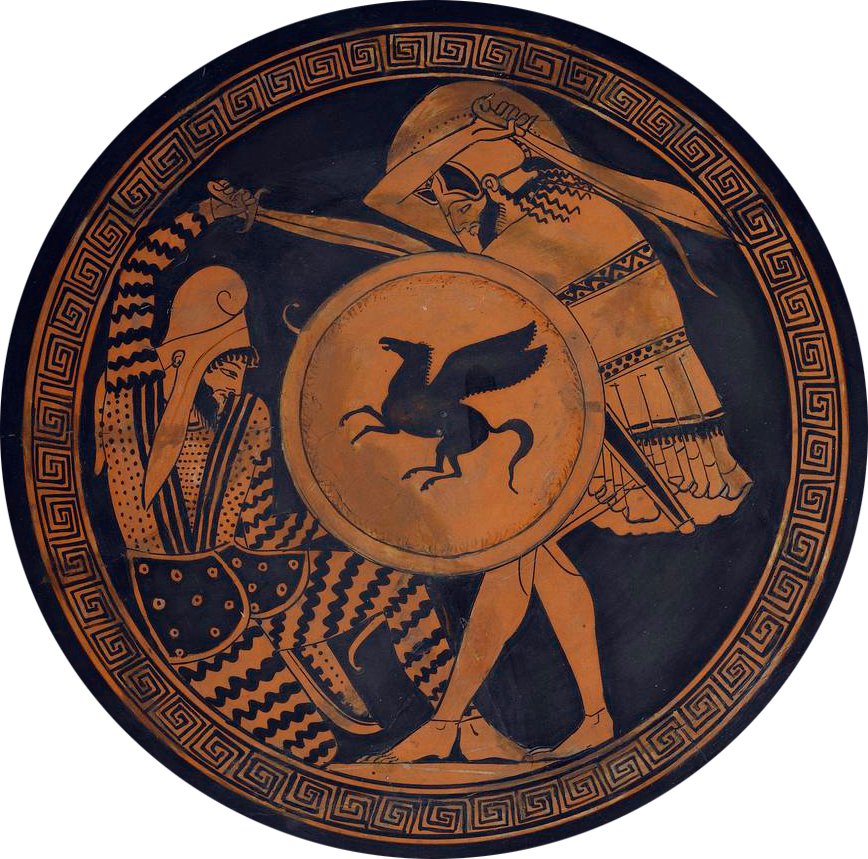
Origins and Influences: Tracing the Roots of Achaemenid Art
Achaemenid art draws from a variety of influences, ranging from ancient Mesopotamian and Egyptian art to the artistic traditions of the conquered territories within the empire. The empire’s founder, Cyrus the Great, promoted cultural exchange and assimilation, which allowed for the fusion of different artistic styles and techniques. The Persians adopted elements of Assyrian and Babylonian art, such as relief sculpture and monumental architecture, but also integrated their unique artistic sensibilities, resulting in a distinctive Achaemenid style.

Architecture and Engineering Marvels: Awe-Inspiring Structures
The Achaemenid Empire is renowned for its architectural marvels, which showcased both grandeur and engineering prowess. One of the most iconic structures of the empire is the magnificent palace complex at Persepolis. Constructed on a vast terrace, the complex featured colossal columns, intricately carved reliefs, and imposing gateways. The ingenuity of Achaemenid architects is also evident in the construction of the Royal Road, an extensive network of roads that connected the empire, facilitating trade and communication.
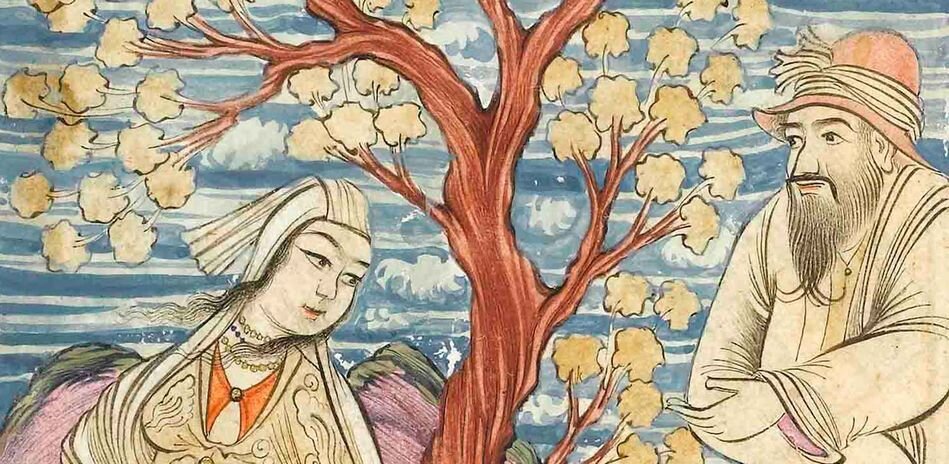
Palaces and Gardens: Luxurious Residences of the Elite
The Achaemenid Empire’s elite lived in opulent palaces and enjoyed the beauty of luxurious gardens. The palace at Susa, for instance, boasted lavish courtyards, ornate halls, and sophisticated irrigation systems. The gardens, adorned with fountains, exotic trees, and fragrant flowers, provided a serene escape from the hustle and bustle of city life. The design and layout of these palaces and gardens showcased the empire’s wealth, comfort, and appreciation for aesthetics.
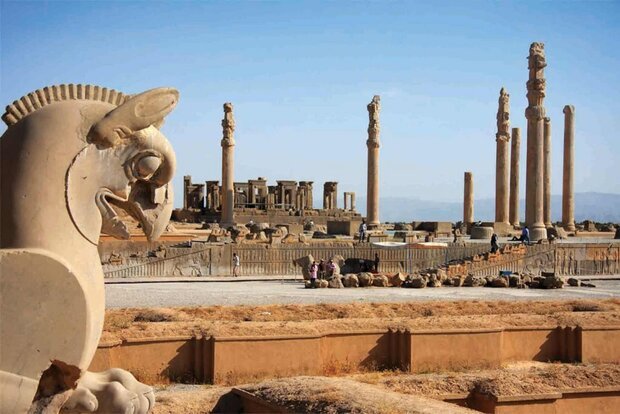
Sculptures and Reliefs: Capturing Stories in Stone
The Achaemenid Empire’s sculptural art primarily took the form of relief sculptures, which adorned the walls of palaces and tombs. These intricate carvings depicted various scenes, including battles, royal processions, religious ceremonies, and mythical creatures. The reliefs showcased the empire’s military prowess, religious devotion, and cultural diversity. One of the most famous examples is the Lion Hunt relief, which portrays the king engaging in a hunt, symbolizing his bravery and authority.

Metalwork and Jewelry: Exquisite Craftsmanship and Elegance
The Achaemenid Empire was renowned for its exquisite metalwork and jewelry, showcasing the craftsmanship and elegance of its artisans. Gold, silver, and precious gemstones were intricately worked into intricate designs, often depicting animals, mythical creatures, and floral motifs. The skillful use of filigree, granulation, and enameling techniques resulted in stunning pieces that were highly sought after. Achaemenid jewelry not only served as adornments but also conveyed social status and wealth.

Textiles and Carpets: Intricate Designs and Rich Textures
Achaemenid textiles and carpets were renowned for their intricate designs and rich textures. Weaving played a significant role in the empire’s artistic tradition, and artisans used various techniques to create intricate patterns and motifs. These textiles were often adorned with delicate embroidery, gold thread, and vibrant dyes. Achaemenid carpets, in particular, were highly prized for their intricate knotting and vibrant colors, becoming a symbol of luxury and status.

Ceramics and Pottery: Decorative Vessels and Functional Art
Achaemenid ceramics and pottery were both decorative and functional, showcasing the empire’s mastery of pottery-making techniques. Artisans created elaborate vessels, bowls, and plates, adorned with intricate patterns and motifs. The use of glazes and vibrant colors, such as blues and greens, added to the aesthetic appeal of these pieces. Achaemenid pottery not only served practical purposes but also reflected the empire’s artistic sensibilities and cultural identity.
Paintings and Murals: Depicting Ancient Stories and Myths
While few examples of Achaemenid paintings have survived, the empire’s artistic tradition included the creation of elaborate murals. These paintings depicted various scenes, including royal hunts, religious ceremonies, and mythical stories. The vibrant colors and detailed brushwork showcased the empire’s artistic prowess and storytelling abilities. Achaemenid paintings served as visual narratives, capturing the essence of ancient Persian culture and mythology.
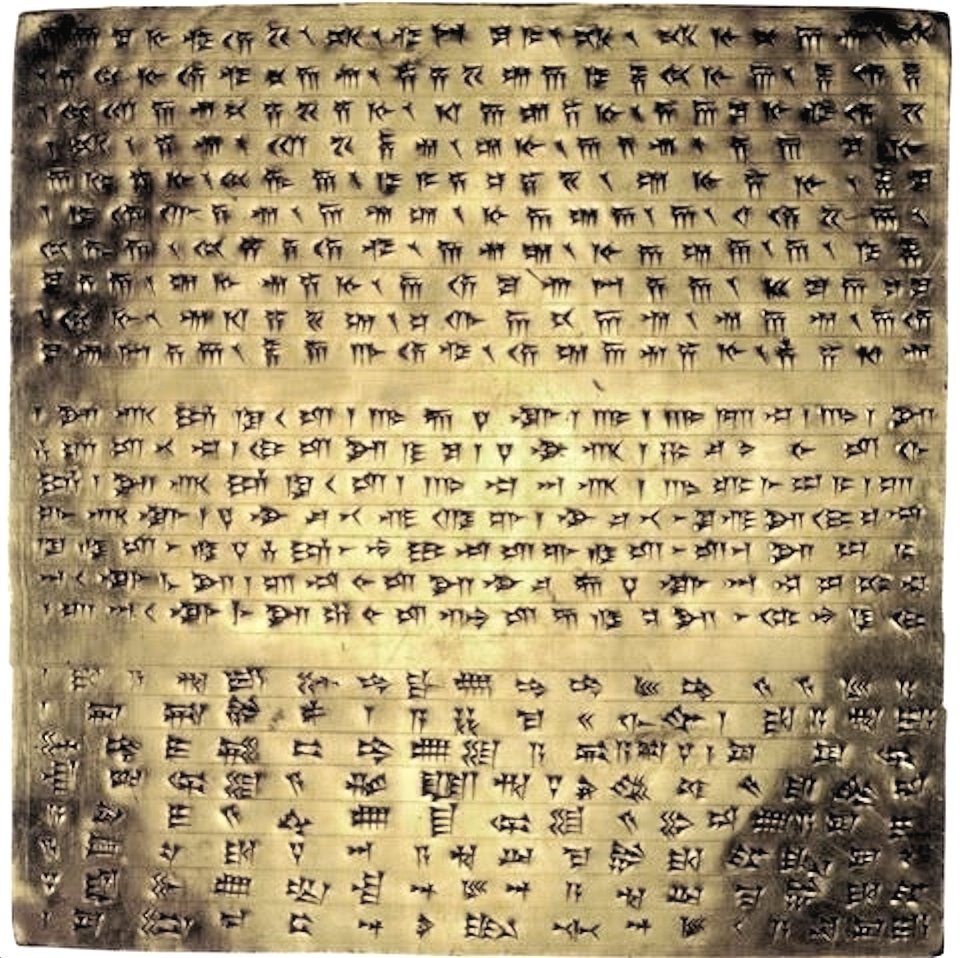
Calligraphy and Inscriptions: Preserving Achaemenid Texts
The Achaemenid Empire was known for its sophisticated administrative system, which required the preservation of written records. Calligraphy and inscriptions played a crucial role in preserving Achaemenid texts, ranging from royal edicts to administrative documents. The empire’s scribes developed a unique style of cuneiform writing, known as Old Persian Cuneiform, which combined Persian and Elamite scripts. These inscriptions not only served practical purposes but also showcased the beauty of the written word.

Gardens and Landscaping: Aesthetics and Symbolism
Gardens held great significance in Achaemenid art and culture. They were designed to reflect the empire’s appreciation for aesthetics and symbolized harmony between humans and nature. The gardens featured intricate water systems, lush vegetation, and carefully planned pathways. The layout of these gardens often represented the cosmic order and the balance between the earthly and divine realms. Achaemenid gardens were an integral part of the empire’s artistic legacy, influencing subsequent garden design traditions.
Legacy and Influence: Achaemenid Art’s Enduring Impact
The artistic legacy of the Achaemenid Empire has had a lasting impact on subsequent artistic traditions. Its architectural marvels inspired later civilizations, and the influence of Achaemenid art can be seen in the art and architecture of the Hellenistic period, as well as in Islamic art. The mastery of metalwork, textiles, and pottery continues to influence artisans and craftsmen today. Achaemenid art not only reflects the grandeur of ancient Persia but also serves as a testament to the empire’s cultural richness and artistic achievements.
The Achaemenid Empire’s artistic legacy is a testament to the sophistication, skill, and creativity of ancient Persian civilization. From awe-inspiring architecture to intricate textiles, Achaemenid art captivates with its beauty and grandeur. The empire’s artistic traditions continue to inspire and influence artistic endeavors to this day, leaving an enduring impact on the world of art and culture. Through the study and appreciation of Achaemenid art, we gain a glimpse into the majestic artistic legacy of ancient Persia.

The Achaemenid Empire and its Notable Achievements
The Achaemenid Empire, also known as the First Persian Empire, was one of the largest and most influential empires in ancient history. From 550 to 330 BCE, it stretched from Egypt in the west to India in the east, encompassing a vast and diverse population. While the Achaemenid Empire is most commonly associated with its military conquests and administrative advancements, it is essential to recognize its remarkable achievements in promoting women’s equality and empowerment. This article explores the role of women in Achaemenid society, their educational opportunities, positions of power, and economic freedom, highlighting the lasting legacy of the empire in the fight for women’s rights.

Women in Achaemenid Society: A Focus on Equality and Empowerment
Unlike many other ancient civilizations, the Achaemenid Empire placed a significant emphasis on women’s rights. Women enjoyed a relatively high status in society and were granted legal rights equal to men. They were permitted to own property, engage in commerce, and exercise their own autonomy in matters of marriage and divorce. This level of equality was exceptional for its time and reflected the forward-thinking values of the empire.
Achaemenid women were also not confined to traditional gender roles. They participated in public life, attending banquets and festivals alongside men. They had the freedom to express their opinions and engage in intellectual discussions. This progressive approach allowed women to contribute to the cultural and intellectual development of the empire.
Education and Opportunities: Achaemenid Women’s Path to Empowerment
Education played a crucial role in empowering Achaemenid women. The empire placed a strong emphasis on education for both men and women, ensuring that women had access to intellectual and scholarly pursuits. Women were educated in a variety of subjects, including literature, mathematics, and philosophy. This education not only enhanced their personal growth but also enabled them to participate actively in society.
Furthermore, Achaemenid women had opportunities for professional advancement. They could become doctors, scribes, and teachers. This access to various professions allowed women to contribute to the empire’s administrative and intellectual spheres. By breaking the traditional barriers that confined women to domestic roles, the Achaemenid Empire provided a platform for women to excel and make significant contributions in their respective fields.
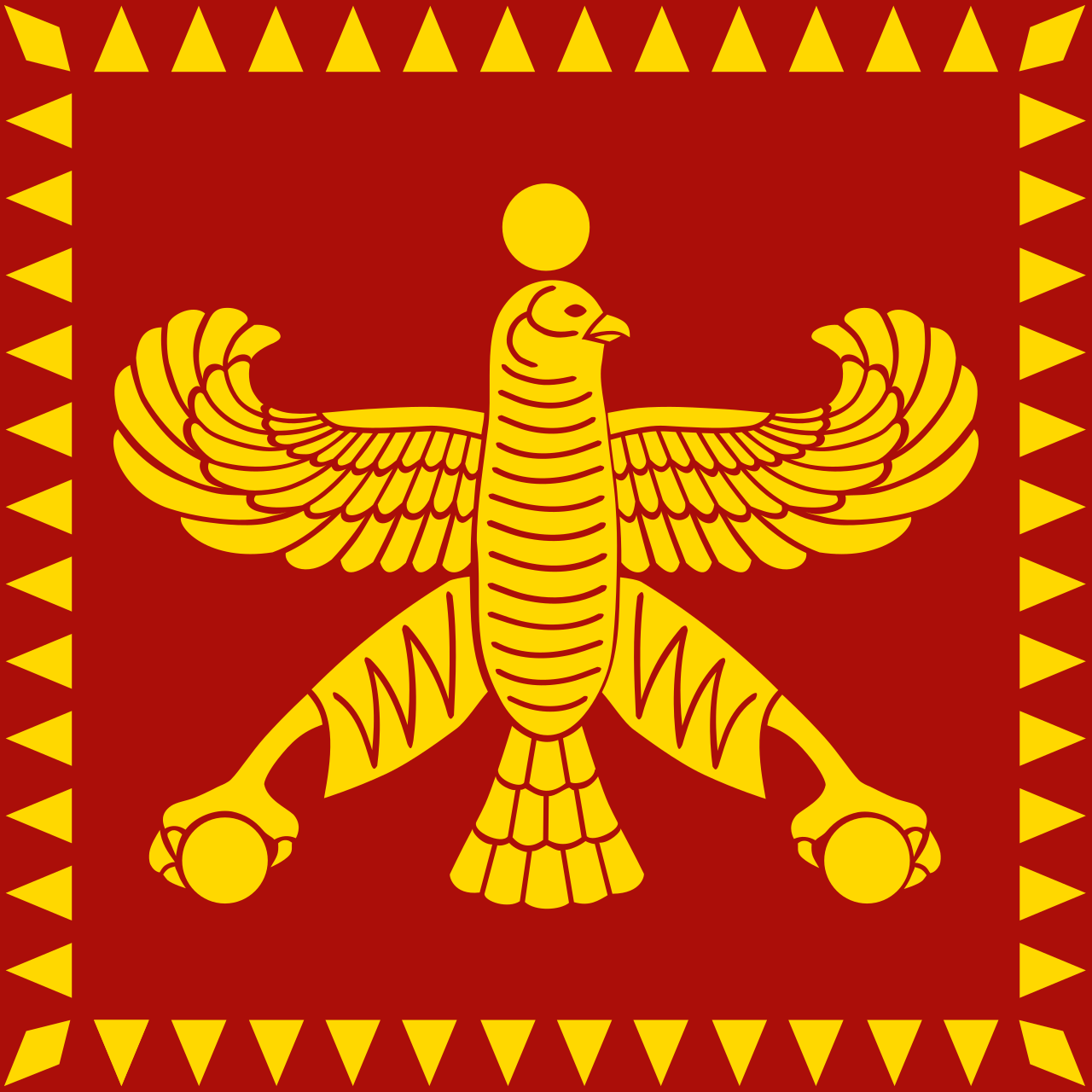
Women in Positions of Power: Roles and Responsibilities in Achaemenid Politics
An exceptional aspect of the Achaemenid Empire was the inclusion of women in positions of power. Women held influential roles as governors, satraps (provincial rulers), and even as advisors to the king. For instance, Queen Atossa, the wife of King Darius the Great, played a pivotal role in shaping the empire’s policies and decision-making processes. This prominent involvement of women in politics not only highlighted their capabilities but also served as a model for future generations.
The Achaemenid Empire demonstrated that women could be effective leaders and administrators, challenging the prevailing notion that power should solely reside in the hands of men. By providing opportunities for women to participate in governance, the empire elevated the status of women in society and paved the way for future societies to recognize the potential of women in leadership roles.

Economic Freedom and Entrepreneurship: Achaemenid Women’s Financial Empowerment
The Achaemenid Empire recognized the economic contributions of women and actively encouraged their participation in trade and entrepreneurship. Women were engaged in various industries, such as agriculture, textile production, and craftwork. They could own businesses and manage their finances independently. This economic freedom provided women with financial empowerment and a sense of economic security.
Moreover, Achaemenid women had access to an extensive network of trade routes that spanned the empire. This facilitated their involvement in long-distance trade, giving them the opportunity to establish economic connections and accumulate wealth. The empire’s recognition of women’s economic capabilities empowered women to become influential figures and contribute significantly to the empire’s prosperity.

Legacy of the Achaemenid Empire: Lessons on Women’s Equality and Empowerment
The Achaemenid Empire’s commitment to women’s equality and empowerment was truly groundbreaking for its time. By providing women with legal rights, access to education, opportunities in various professions, and involvement in politics and trade, the empire set a remarkable example of gender equality. Its progressive policies and recognition of women’s capabilities continue to inspire and serve as an important lesson in the ongoing fight for women’s rights. The legacy of the Achaemenid Empire serves as a reminder of the potential for women to excel and flourish when given equal opportunities and empowerment in society.


